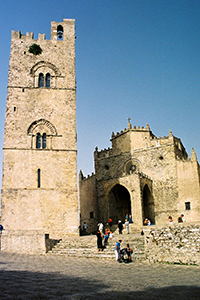Speaker
Description
Type B packages are required for the transport of radionuclides with activity higher than the limits described by the current European Regulation1, named A1 and A2. The homologation for a Type B container can be obtained only after having proved, via strict tests described by the International Atomic Energy Agency (IAEA), the radioprotection and the mechanical resistance in normal and accidental conditions. An adequate number of tests carried on directly with several prototypes is prohibitive especially when the article is costly and considering the high price of the tests. In the drawing phase it is possible to simulate thanks to numerical tools the damages of the package in the exact test conditions, reducing the incidence of mechanical failures and saving time and budget. In the design process, the first step consists in the specification of the radionuclides to be transported and their radioprotection constraints, in term of dimensions and material for the shielding. The second phase is a virtual cut-and-try testing procedure. Once a primary design is chosen, a 3D Finite Element Analysis Software is used to carry out transient thermal analysis and evaluate deformations and stress due to the accidental impacts. Depending on the results, the design is adjusted at each step and the simulations repeated until the good compromise is reached. This process leaded to the design of a container named ColiBRI (Colis Type B pour RadioIsotopes). Two prototypes have been manufactured and will be tested soon.
References: 1. Regulations for the Safe Transport of Radioactive Material, 2012 Edition - Specific Safety Requirement No. SSR-6, IAEA.
Acknowledgments: This project has received founding from the European Union’s EU Horizon 2020 Research and Innovation program under grant agreement No. 642889.




